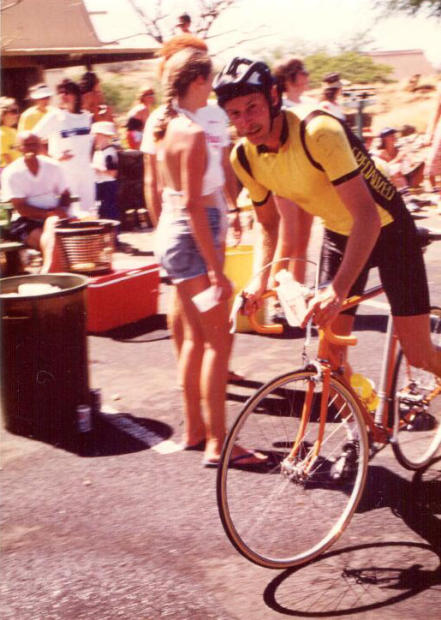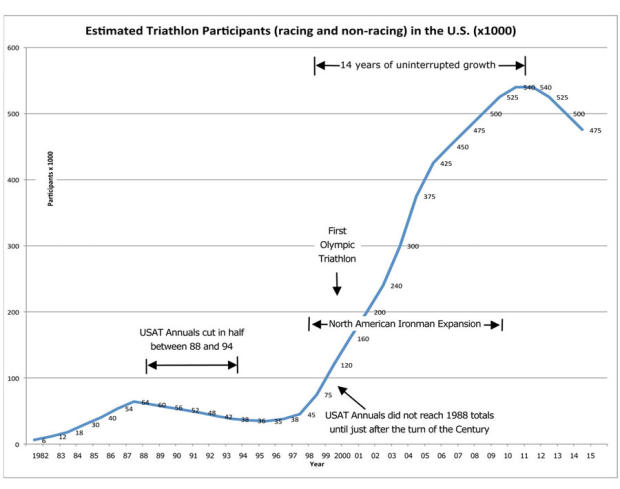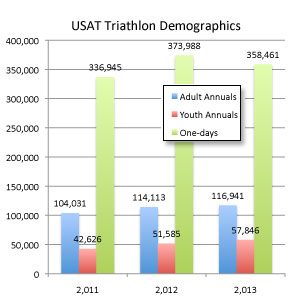Is Triathlon Up or Down for 2018?
Let’s begin with the good news. My prediction is that triathlon will be up in North America in 2018 after 6 years of steady decline, and this will be the first of a new upsurge that will continue unabated for some time. Here’s the asterisk: It’ll be up in the aggregate, but the median race will be flat or down. Other sectors not be spared: Running, cycling, retail, manufacturing, straight through, there will be winners and losers. But in multisport, we saw our bottom in 2017.
The multisport economy will grow, but it'll still feel tough to the risk averse because it's a market in transition (which is not compatible with risk aversity).
Triathlon has been in a descent in North America since 2012 or 2013. Our sport’s race directors, manufacturers, retailers have had their flaps extended to lessen the stall. But little has been done to change the trajectory. Has the situation materially changed?
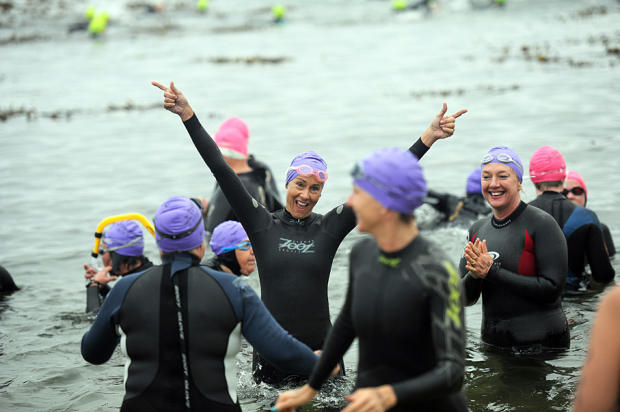
Yeah, I think it has. We’re going to talk about this at our upcoming Triathlon Business Intl Conference, this January 26 thru 28 in Tempe, AZ. There will be a number of initiatives launched that industry folks will find quite interesting and different. Enterprising folk are not waiting for the plane and the ground to meet; they’re taking their futures into their own hands and it’s paying off.
I’ll report back after the Conference and tell you all what happened there. And, by the way, registration for that Conference is up 50 percent up year over year. So, somebody’s bullish. Let’s talk about who is and who should be bullish, and who is running for the hills.
MANUFACTURING
Winners: Endemics with their ears to the ground. Companies that take an omni-channel approach. And that doesn’t necessarily mean consumer direct. It means companies that recognize new-style storefronts that engage in scaled loyalty programs, where margins and risk and work and expectations and consideration scale. The enterprising storefront will look at gross-profit-per-transaction and value in return for invested treasure, risk, and floor space . These metrics will overtake the traditional fixation on margin. Are you in this business? Want to know what I’m talking about? Attend the Conference.
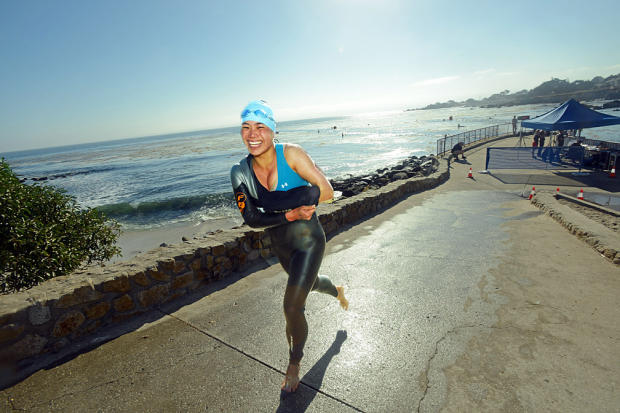
Losers: Endemic companies. This is always the case. The majors – Cannondale, Trek, Giant, Specialized, Nike, Brooks, Asics, TYR, Speedo – as a group tend to run for the hills, or go all in, based on demonstrable trends. Certainly there are exceptions to this, and even if there weren’t I wouldn’t blame a company (especially one that reports to sport-ambivalent shareholders) for taking a cold, hard, numbers-driven approach. But large non-endemics are not actors in a niche sport like triathlon. They’re reactors. They’re always late to the party. They’re strong, they’re formidable, but their timing sucks and their instincts are worse.
Triathlon is changing. It’s going to be surging in a year or two. The endemics will miss the run-up because they don’t recognize cool. They need to have cool explained to them. By that time the endemic is already in; already has a foothold. This is why Cervelo – which never leaves the market when things are bad – has 500 bikes in Kona. This is why HOKA is a $160 million per year company (my best guess) and growing, and the other tech footwear companies still haven’t figured out why that shoe is popular, 7 years later.
RACE ORGANIZERS
Winners: John Salt wrote this on our reader forum, about his half-distance race in the Niagara region of Canada: "Barrelman was up 39% at just over 1,100 registered. A significant reason for the Barrelman increase was our U.S. athlete count going from an annual average of 75 to over 300 participants. We had partnered with Rev3 in the marketing of the race and it was a tremendous help in creating awareness of the race.”
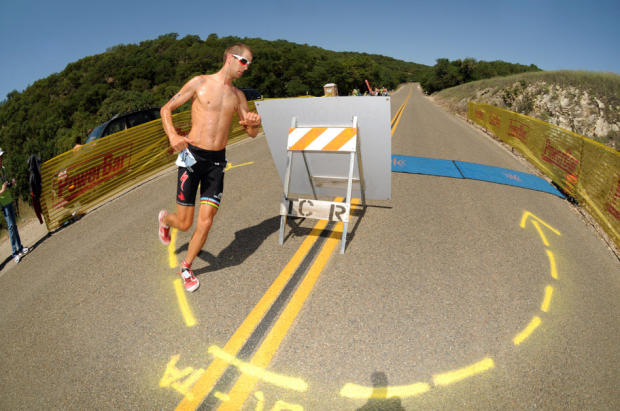
John also did something novel, out of desperation it seems to me, but brave. And it worked: "Trends that told us if we dropped certain races there was a very good chance that the athletes, who attended those races on the cusp, would migrate to the others in the series. We took the risk, cancelled three and implemented some marketing plans to retain athletes by enticing them to the remaining seven. The end result, comparing those seven year over year, proved successful. The seven races (not including Barrelman) were up 5% and overall series total profitability up even more, whereas our main competition was up just under 1%.”
John Salt found local stakeholders to co-market with. Who are you aggressively co-marketing with? Most RDs are afraid to go knocking on their neighbors' (or, get ready, competitors') doors. They either starve to death, or they get hungry enough to go meet their neighbors. Today, there are tangible, demonstrable, technical marketing tools that neighbors can use to help each other. The winners in 2018 will have identified those tools, and will use them.
The winners in 2018 will explore new formats. Draft legal. Gravel. Swim-Run. And, the winners will put on races without much thought about whether they ever earn money. Bear with me. Think of the really successful races. Ironman was a lark. Sixteen guys. In Wildflower’s first year there were 83 participants (on its way to 7,500). In my 4 decades in multisport it’s almost a law: Start a race with the goal of getting wealthy, your race will fail. Start a race with goals that have nothing to do with getting wealthy, now you have a shot at success. The big winners in 2018 will produce races because they need to be produced, not because of a market analysis or because a private equity firm decided it was worth throwing money at.

In 2018 we’ll see our first “up” year in 6 years in North America in triathlon. That is my prediction. But the median RD will be down. Ironman will be up, and not just overall, but in “same store sales.” This sport is 40 years old, but the half-distance or 70.3 race was badly needed, but hardly ever produced, prior to 15 years ago. The half-distance was sitting there waiting to be exploited. That is where Ironman will be up the most. What other expressions of multisport are waiting there, sitting there, in plain view, ready to be exploited? We all sat around for at least a decade, looking at the half, knowing that on paper it should be wildly popular, and wondering why it wasn’t.
The other winners will be those who embrace Swim-Run, Gravel Tri, Grass Roots Tri, those who produce good and safe events, those who find ways to embrace and facilitate relays. Those who produce races in rural locations, where the races can be produced inexpensively. Those who experiment with races or at least waves that are untimed, or that allow folks to race in the same wave who are bonded by friendship or family instead of by age and gender. Winners will include RDs who don’t punish their customers through onerous registration fees and refusals to transfer refund any of the registration fees.
Losers: Those whose races are trending down and who are doing nothing to change that trajectory.
DEMOGRAPHICS
We’ve written about the impact of demographics. Triathlon is aging because the baby boomers are aging. Our 35-39 year old men are now 45-49 and that’s our sport. But their children are now in their teens and 20s and ready to join. But, why would they? What is triathlon or, for that matter, footracing, offering?
Do you believe women are weak? Fearful? Unequipped? Unable to exert? Unmotivated to compete? Because that’s what we all thought; what we all said. What do you think now? I ask this because what we all said about women is what we are all saying now about Millennials. Maybe they’re not weak, fat, lazy, uncompetitive, unequipped. Maybe they’re waiting for something from us that they haven’t seen yet.
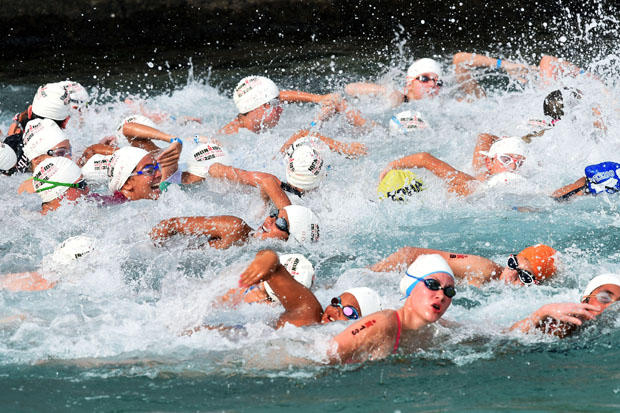
But that means we’ve got to show it to them. Maybe it’s in plain sight.
We first wrote about demographics in triathlon in 2001. Triathlon was up until 1988. Then it was down for a decade. We knew it was going to skyrocket for at least a decade and we wrote why, and we wrote this 17 years ago, before it happened. We knew it was then going to decline, and we wrote about this a number of times over the years. And we knew it was going start taking off again near the end of this decade. We’ve been writing about this pretty well consistently, and nobody much wanted to read what we wrote since 2012 because we weren’t writing anything that made anybody feel particularly good. But we’re nearing the end of the Winter of our Discontent. We’ve seen the bottom. We’re in it, or we were in 2017.
We won’t be in a full blown bull market for a few more years, but demographics are now slowly turning favorable. When in the 2020s we look at those bullish brands, we’ll have seen their roots in 2018. We’ll know, in retrospect, that the answer had been in plain sight. We’ll see races this season, and next, and they'll be curious, and small. But they will grow into the keys that unlock the next upsurge in multisport participation.


